 |
Product designer Ethan Moses of CAMERADACTYL has launched a new film scanning product on Kickstarter called Mongoose. This device can be used with ‘just about any camera’ that has cable release support, according to Moses; it has three scanning modes, including a Fast Mode that can scan a roll of standard-sized exposures in less than one minute.
Mongoose is an automated 35mm film carrier that can be used with most cameras to digitize black & white and color negatives, as well as slide film. The Mongoose features a 27mm x 68mm film gate, enabling it to scan anywhere from half-frame images at 24mm x 20mm up to Hasselblad Xpan-sized panoramic images at 24mm x 65mm. Each scanned image includes a ‘full black border,’ but Mongoose doesn’t support scanning the film’s sprocket holes.
According to Moses, Mongoose was designed in such a way that it only touches the portion of the film where the sprocket holes are located, ensuring the film lies flat for scanning even if it is a cupped or curly film.
Mongoose is designed to be used with a third-party lightbox or some other source of light, such as a strobe with a diffuser, as well as a stand for holding the camera above the film and a lens that can focus close enough to digitize the content.
The film scanner is fully automated with a number of features that give users a fair amount of control over the process, including offering Fast and Manual modes in addition to the Automatic mode. Manual mode gives users full control over the process, including enabling them to manually advance and retract the film strips and to manually trigger the camera using Mongoose’s control box.
Automatic mode is more accurate than Fast mode, according to Moses, who explains on Kickstarter that Automatic can be used with rolls of film that have unevenly spaced frames because it uses edge detection to capture each image. ‘This mode has very high positional accuracy, and can scan a full roll of 36 frames in under a minute and a half,’ he says.
 |
That’s nearly double the 40-second capture time of Fast mode, which can only be used with film that has evenly spaced frames. The big advantage of Fast mode is that it can rapidly scan a roll of film, but the downside is that it has less positional accuracy when compared to Automatic mode.
Users are able to adjust Mongoose’s edge detection sensitivity for use with underdeveloped/exposed film. Likewise, users are able to adjust the delay between each film frame; it can be turned off so that the scanning takes place very quickly or it can be slowed down so that the scanner accommodates other aspects of the overall setup, such as strobe light recycling time.
Finally, Moses notes that Mongoose can be used with strips of film that have as few as four frames, though it’s better when used with an entire roll. Likewise, Mongoose was designed with a separate control box so that users who are manually triggering shots aren’t at risk of bumping the scan module. Moses also says that Mongoose is not a silent device, and that it is, in fact, quite loud when in use.
 |
Moses is seeking funding for his latest CAMERADACTYL product on Kickstarter, where Mongoose has already exceeded the funding goal. The product will ship to backers with the scan module and control box, connection cord, power supply, and an electronic shutter release cable. Kickstarter users have the option of backing the campaign at $ 500 or more with estimated delivery of this third batch (the first two are sold out) starting in February 2021.
Disclaimer: Remember to do your research with any crowdfunding project. DPReview does its best to share only the projects that look legitimate and come from reliable creators, but as with any crowdfunded campaign, there’s always the risk of the product or service never coming to fruition.
Articles: Digital Photography Review (dpreview.com)






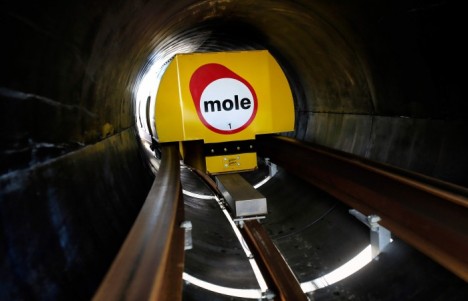
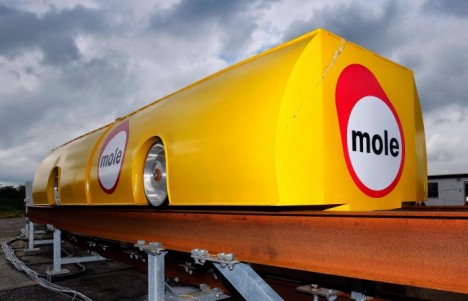
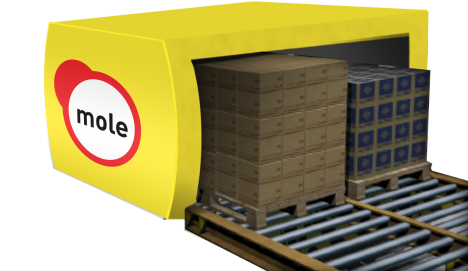
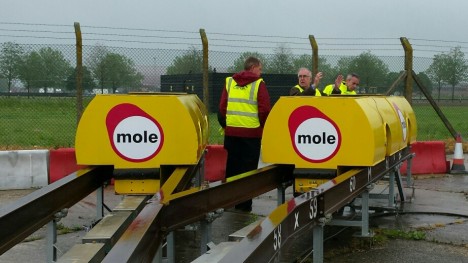


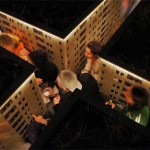
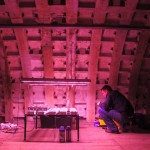




You must be logged in to post a comment.